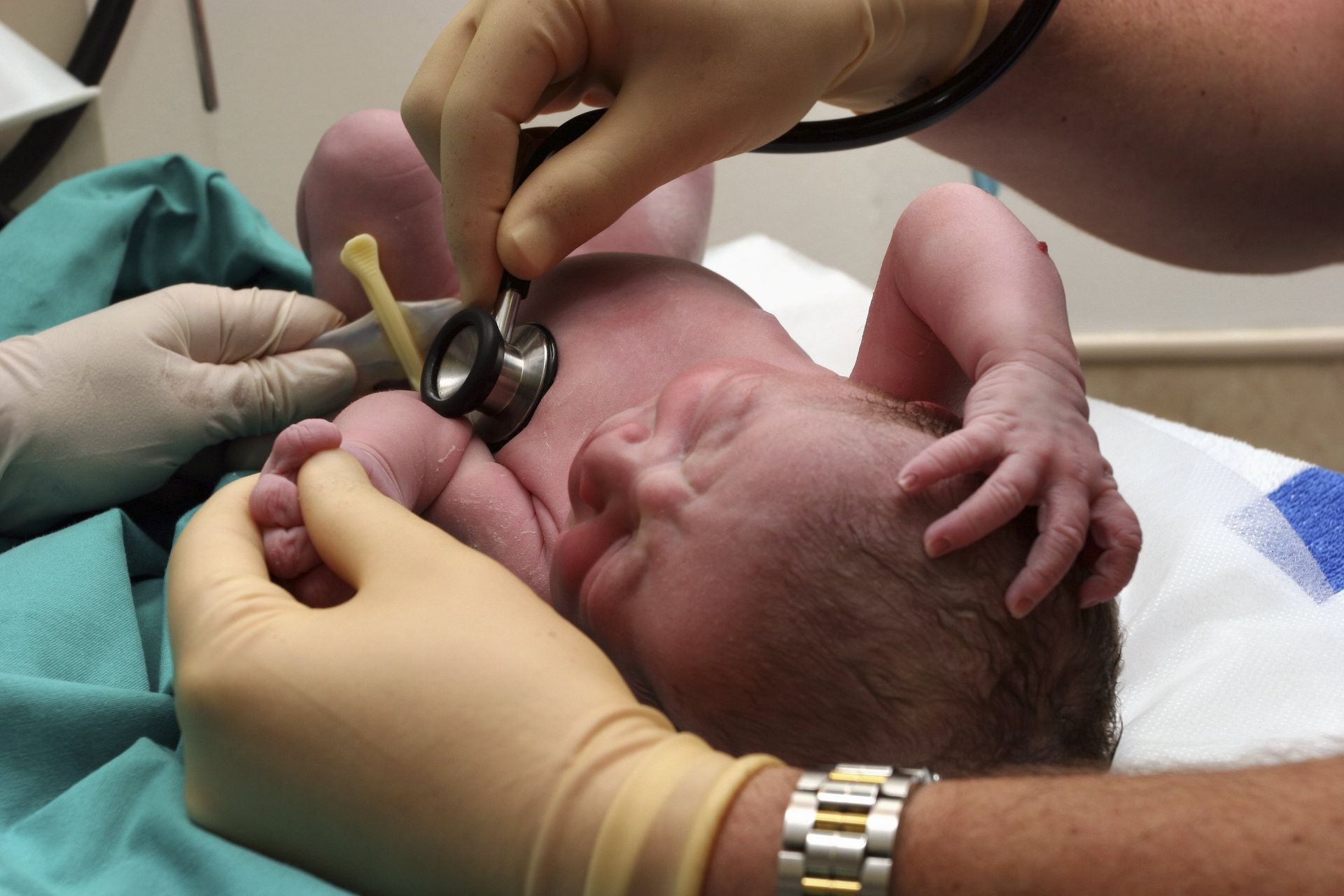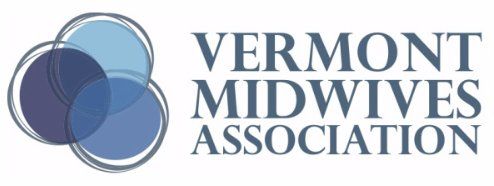Thinking of Becoming a Midwife?
The VMA recognizes the need for more midwives throughout the state and country. We hope this information will help you on your way.
There are several types of midwives in the United States. You will want to consider your philosophy, laws where you will live and practice and if you want to practice in or outside the hospital. Take time to talk to local midwives and gather the legal information that will affect your practice.

Certified Professional Midwives (CPMs)
The CPM credential was created by the North American Registry of Midwives (NARM) to provide an educational certification for Direct Entry Midwives (DEMs). Midwives seeking the CPM credential also have a variety of training options available including apprenticeships, accredited and unaccredited midwifery schools and programs, and self study. In their training, CPMs must complete educational core content requirements, skills requirements, and experiential training to include home births. CPMs must sit for a national certifying exam and complete NARMs Portfolio Evaluation Process (PEP). The typical time required to complete this training is 3-5 years. CPMs primarily practice in home birth settings. In order to become a licensed midwife in Vermont, CPM credential is needed to apply.
Direct Entry Midwives (DEMs)
DEMs utilize a variety of educational pathways, including apprenticeships, accredited and unaccredited midwifery schools and programs, and self study. DEMs work primarily out of the hospital, in a home birth setting. Each state has different rules and regulations for DEMs. DEM’s are not legal at this time in Vermont.
Certified Nurse-Midwives (CNMs)/Certified Midwives (CMs)
Certified Nurse-Midwives (CNMs) are advanced practice registered nurses who hold a graduate degree (Masters or higher), which may be in Nursing and/or in Midwifery. Certified Midwives (CMs) have an equivalent level of training and a graduate degree, but CMs are not nurses. Typical nurse-midwifery graduate programs take 24 months to complete (after completion of a basic RN program and undergraduate degree), however, there are accelerated education programs that combine the RN training and midwifery specialization, awarding a graduate degree. The majority of CNMs/CMs practice in hospitals and birth centers. CNMs are licensed in all states; CMs are licensed in 3 states. In most states CNMs are regulated by various regulatory bodies, including the Board of Nursing. In Vermont CNMs can work in a hospital birth center or have a homebirth practice.
Ways to Get Involved
But you don’t need to become a midwife to get involved. Click here
to learn more ways to get involved in your VMA community.
